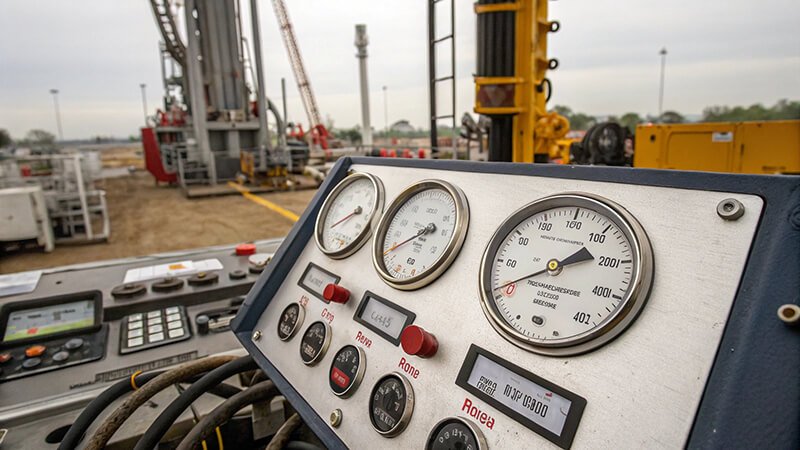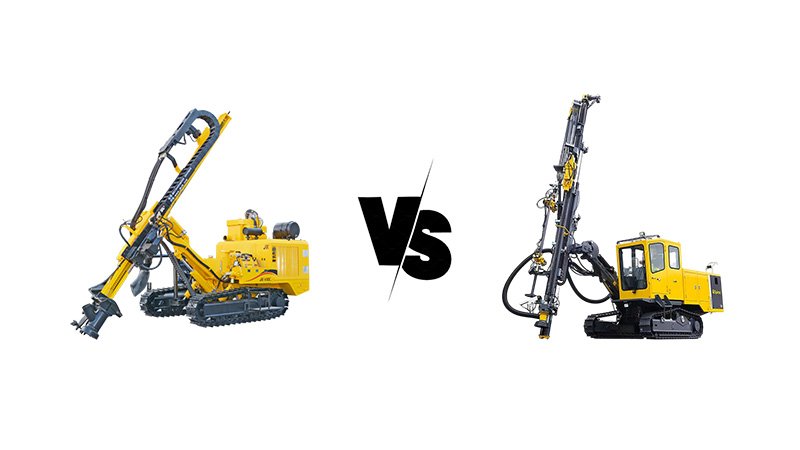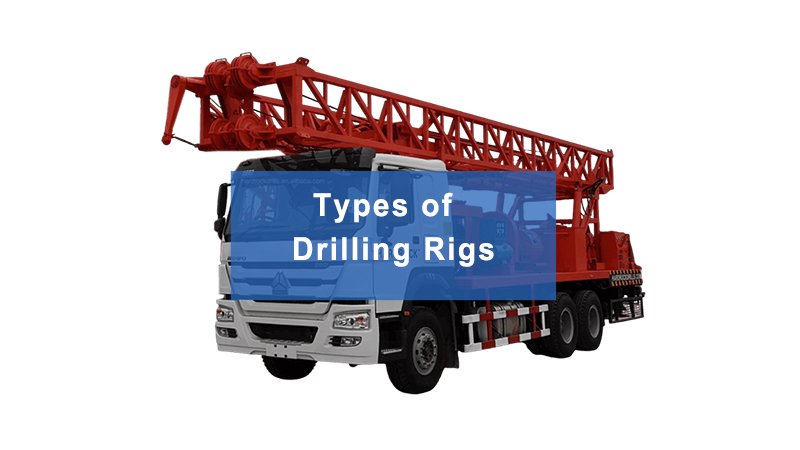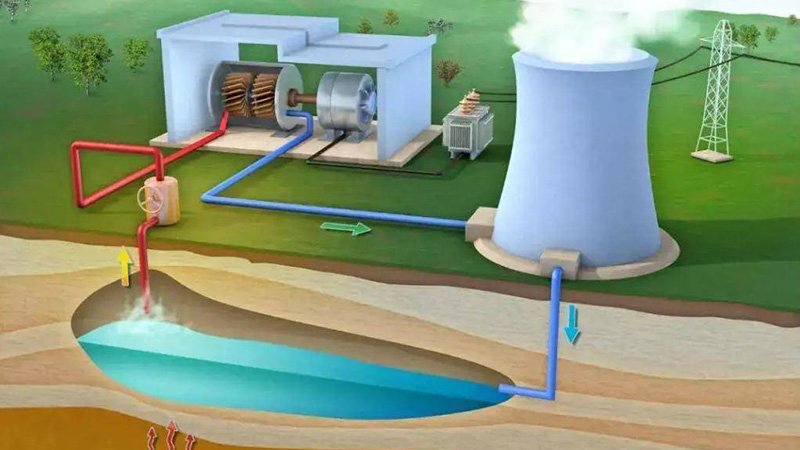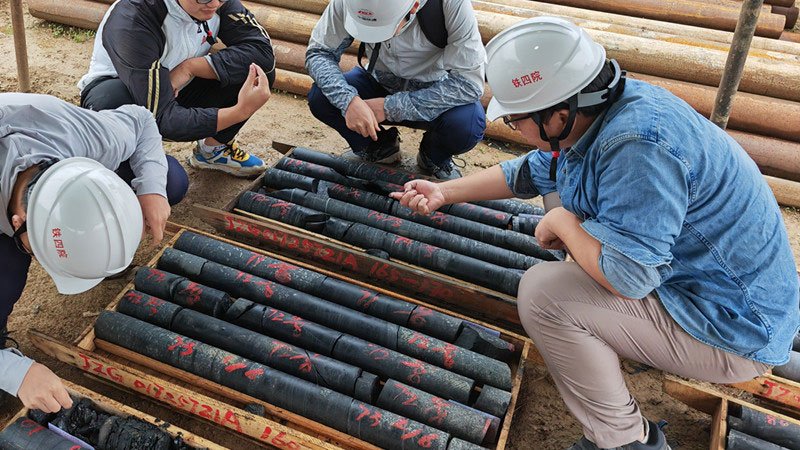Ignoring your rig's gauges leads to disaster. Breakdowns, costly repairs, and project delays can cripple your operations. Understanding these vital readouts is key to success.
Major gauges monitor hydraulic pressure/flow, engine health (oil pressure, temperature, RPM), drilling parameters (torque, weight-on-bit), and air pressure. They provide critical insights for efficient and safe operation.
Your drill rig's control panel is like an airplane's cockpit. It's filled with gauges that tell you exactly what's happening with your machine. At Hardrock, we build our rigs with clear, reliable instrumentation because, as I always tell my clients, these gauges are your first line of defense against problems. They are your eyes into the heart of the operation, helping you maximize performance and avoid costly surprises. Let's look at the important ones.
Why is Monitoring Hydraulic Pressure and Flow Crucial for Rig Operation?
Neglecting hydraulic readings can cause sudden failures. Catastrophic damage and long downtimes will follow. Vigilant monitoring of hydraulic gauges is absolutely essential for rig health.
Hydraulic pressure gauges show system force, while flow meters indicate fluid speed. Monitoring these helps detect leaks, pump wear, or blockages, ensuring optimal power for rotation, pullback, and other functions.
The hydraulic system is the muscle of your drilling rig. It powers everything from the rotation of the drill string to the pullback force. I've seen too many issues arise from ignored hydraulic warnings.
Understanding Hydraulic Pressure
Hydraulic pressure is the force within the system. Most rigs, including our Hardrock models designed for geotechnical or water well drilling, will have several pressure gauges:
- Main System Pressure: Shows the overall pressure generated by the hydraulic pumps. A drop can indicate a major leak or a failing pump. A sudden spike might mean a blockage or a component struggling.
- Component-Specific Pressure: Gauges for rotation, feed, or clamp circuits. These help pinpoint issues. For instance, if rotation pressure is low but main pressure is fine, the problem lies within the rotation motor or its valving.
The Importance of Hydraulic Flow
While not always a direct gauge on simpler rigs, flow is implicitly understood through performance. On more advanced systems, flow meters can be present.
- Sufficient Flow: Ensures actuators (motors, cylinders) operate at the correct speed. Reduced flow means sluggish operation.
- Detecting Internal Leaks: A pump might maintain pressure but have reduced flow due to internal wear, leading to inefficiency.
I always tell new operators that watching hydraulic pressures is like a doctor checking a pulse. It tells you so much about the health of the machine. For example, a client drilling for geothermal energy once called me because his rig was slow. The pressure was a bit low on the main gauge. We found a small, hidden hose leak that was bleeding off pressure and flow. Catching it early saved him a pump.
| Gauge Reading | Possible Cause | Action to Consider |
|---|---|---|
| Low Pressure | Pump wear, major leak, low fluid, relief valve | Check fluid, inspect for leaks, test pump |
| High Pressure | Blockage, stuck component, relief valve issue | Investigate circuit, check relief valve |
| Fluctuating | Air in system, cavitation, sticky valve | Bleed system, check suction lines |
Proper hydraulic monitoring is a key part of the top quality and reliability we build into every Hardrock rig, whether it's for mining exploration or foundation work.
Which Gauges Help You Monitor Engine Health and Prevent Downtime?
Ignoring engine gauges invites expensive, avoidable breakdowns. An engine failure halts operations completely. Key engine gauges are your early warning system for critical issues.
Engine health is monitored via oil pressure, coolant temperature, RPM (tachometer), and an hour meter. These gauges warn of lubrication problems, overheating, incorrect operating speeds, and track service intervals, preventing major damage.
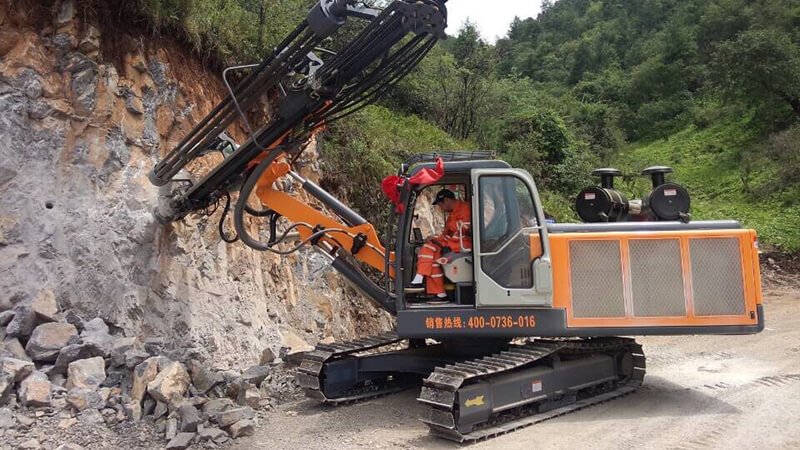
The engine is the heart of your drill rig. If it stops, everything stops. As someone who supplies rigs to demanding markets like Africa and the Middle East, I know engine reliability is paramount. Mohammed Al-Rahman, one of my clients in the UAE, always emphasizes engine durability for his water well and foundation drilling rigs operating in harsh desert conditions.
Critical Engine Gauges
- Oil Pressure Gauge: This is arguably the most important engine gauge. It shows the pressure of oil being pumped through the engine.
- Low Oil Pressure: Indicates insufficient lubrication, potentially leading to catastrophic engine failure. Causes include low oil level, oil pump failure, or worn bearings.
- High Oil Pressure: Less common, but can indicate a blockage or an issue with the pressure relief valve.
- Coolant Temperature Gauge: Shows the operating temperature of the engine.
- Overheating: Can cause severe damage like warped heads or seized pistons. Causes include low coolant, a faulty thermostat, a clogged radiator, or a failing water pump.
- Tachometer (RPM Gauge): Displays engine revolutions per minute. Knowing the correct operating RPM for drilling and for auxiliary functions helps ensure efficiency and prevents over-revving or lugging the engine.
- Hour Meter: Tracks the total running time of the engine. This is crucial for scheduling routine maintenance like oil changes and filter replacements, which extends engine life.
I remember a project where an operator ignored a slowly dropping oil pressure gauge. He thought he could finish the hole. The engine seized. That rig was down for weeks, and the repair bill was huge. That's why at Hardrock, we use reliable engines and clear gauges. Regular checks can save thousands.
| Gauge Reading | Normal Range (Typical Diesel) | Potential Issue if Abnormal |
|---|---|---|
| Oil Pressure | 20-60 PSI (operating) | Low: Wear, low oil. High: Blockage |
| Coolant Temperature | 80-100°C (180-212°F) | High: Overheating. Low: Thermostat |
| RPM | Varies by operation | Too high/low: Inefficiency, strain |
Keeping an eye on these simple readouts is fundamental to keeping your drilling operations, from geotechnical surveys to oil and gas exploration, running smoothly.
How Do Gauges Provide Insight into Drilling Parameters and Downhole Conditions?
Drilling blind leads to inefficiency and tool damage. Without data, you're just guessing. Drilling parameter gauges provide real-time feedback for optimal performance.
Gauges for torque, weight on bit (WOB), rotation speed (RPM), and penetration rate provide direct feedback on how the bit interacts with the formation. This allows operators to adjust for efficiency and detect changes downhole.
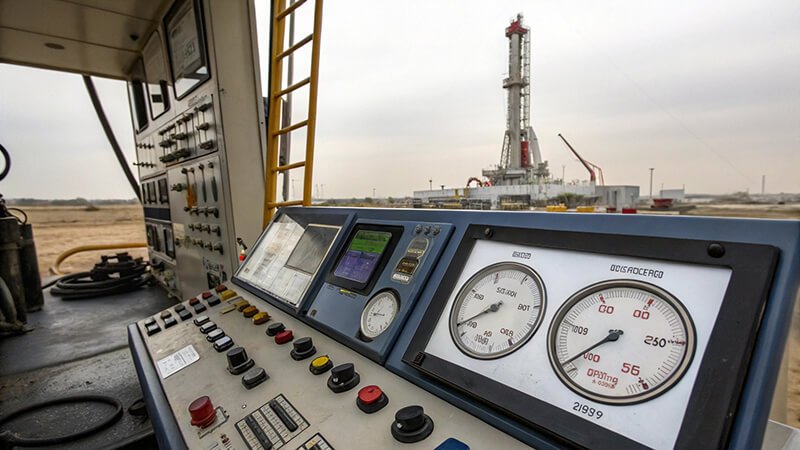
Once the engine is running and hydraulics are good, the real work begins. Gauges related to the drilling process itself are vital for efficiency and understanding what's happening far below the surface. For many of our clients, from engineering contractors to mineral exploration companies, optimizing these parameters is key to profitability.
Key Drilling Parameter Gauges
- Torque Gauge (Rotation Pressure): Measures the rotational force being applied to the drill string.
- Increased Torque: Can indicate a harder formation, a dull bit, or that the hole is caving or squeezing the drill string.
- Decreased Torque: Might mean a softer formation or, in some cases, a "twist-off" (broken drill rod).
- Weight on Bit (WOB) Gauge (Feed Pressure / Pulldown Pressure): Shows the downward force applied to the drill bit.
- Optimal WOB: Varies by bit type and formation. Too little WOB results in slow penetration. Too much can damage the bit or cause hole deviation.
- Rotation Speed (RPM) Gauge: Complements the engine tachometer but focuses on the drill head's speed. Different bits and formations require different RPMs for best results.
- Penetration Rate Indicator: Some rigs measure this directly, or operators calculate it. It's a key performance indicator. Sudden changes in penetration rate often signal a change in geological formation.
I often explain to operators that these gauges let the rig "talk" to you. For instance, if your penetration rate suddenly drops while torque increases, you've likely hit a harder layer of rock. If torque drops and RPMs shoot up, you might have broken a rod. This is crucial for our customers who use Hardrock rigs for foundation drilling or mining exploration, where encountering varied geology is common. We offer customized solutions, and understanding these parameters helps us tailor rig capabilities.
| Parameter | Indication of Change | Operator Response Example |
|---|---|---|
| Increased Torque | Harder formation, dull bit, hole caving | Reduce WOB, check bit, adjust RPM, clean hole |
| Increased WOB | (Operator applied) Trying to increase penetration | Monitor torque and penetration, avoid over-feeding |
| RPM Change | Formation change, operator adjustment | Correlate with torque and penetration to optimize |
| Penetration Drop | Harder rock, dull bit, insufficient WOB/RPM/flushing | Adjust parameters, check bit, ensure proper flushing |
Understanding these relationships helps drillers make smart decisions, improving speed and reducing wear on tooling, like the drill bits and rods we also supply.
What Other Essential Gauges Contribute to Safe and Efficient Rig Operation?
Focusing only on primary systems can overlook other vital signs. Neglecting auxiliary system gauges compromises safety and overall efficiency. A holistic view is necessary.
Other key gauges include air pressure (for DHH or controls), fuel level, and sometimes electrical system voltage/amperage. These ensure auxiliary systems function correctly, preventing unexpected stops or safety hazards.
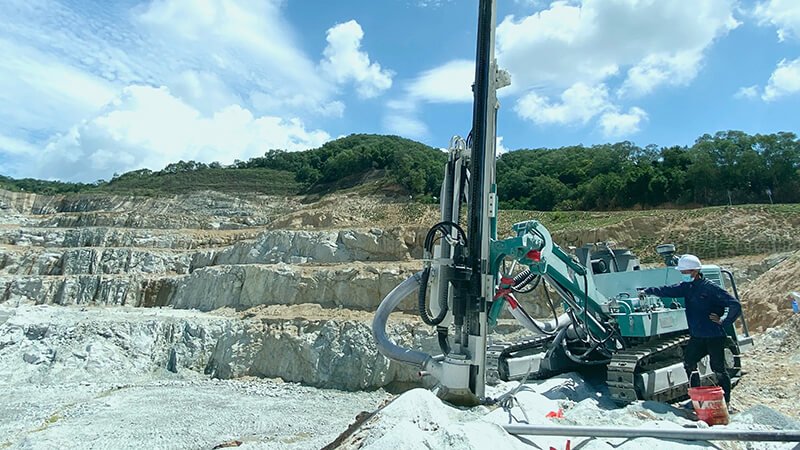
Beyond the core engine, hydraulic, and drilling parameters, several other gauges play important roles in keeping your rig running safely and efficiently. These might seem secondary, but ignoring them can lead to significant problems. As a B2B supplier to diverse clients like equipment rental companies and government water departments, we ensure our Hardrock rigs provide comprehensive monitoring.
Important Auxiliary System Gauges
- Air Pressure Gauge(s):
- Main Air Pressure: Critical for rigs using air flushing or operating Down-the-Hole Hammers (DHH). Insufficient air pressure severely impacts DHH performance and hole cleaning. Many of our rigs destined for the Middle East or hard rock mining applications are equipped for air drilling, and this gauge is vital.
- Control Air Pressure: Some rigs use pneumatic controls for clutches or other functions.
- Fuel Level Gauge: This one is obvious but absolutely essential. Running out of fuel in a remote location is a major headache and causes unnecessary downtime. I've heard stories... best to avoid that!
- Electrical System Gauges (Voltmeter/Ammeter):
- Voltmeter: Shows the battery and charging system voltage. Low voltage can indicate a charging problem, while high voltage can damage electrical components.
- Ammeter: Shows the current being drawn from or supplied to the battery.
- Level Indicators/Bubble Levels: While not traditional "gauges," these are critical for ensuring the rig mast is vertical or at the correct angle for drilling. A misaligned mast can lead to stuck tools or a deviated borehole.
I always stress that every gauge has a purpose. For example, a client using one of our geotechnical drilling rigs for a site investigation needed precise mast alignment. The bubble levels were as important to him as the hydraulic pressure. Similarly, for a water well driller relying on a DHH, the air pressure gauge is constantly monitored. It's about the complete system working together.
| Gauge/Indicator | Purpose | Consequence of Ignoring |
|---|---|---|
| Air Pressure | Monitor DHH/flushing/control air supply | Poor drilling, stuck tools, control failure |
| Fuel Level | Track available fuel | Unexpected shutdown, downtime |
| Voltmeter | Check battery/charging system health | Starting issues, electrical damage |
| Bubble Levels | Ensure correct rig setup and mast alignment | Deviated hole, stuck tools, safety risk |
At Hardrock, our experience in manufacturing for over 8000 sqm of factory space with a dedicated R&D team allows us to integrate all necessary monitoring for safe and efficient operation, whether it's a geothermal drilling rig or one for coal bed methane exploration.
Conclusion
Understanding your rig's gauges—hydraulic, engine, drilling, and auxiliary—is vital. This knowledge ensures operational efficiency, prevents costly downtime, and promotes safety on every drilling project.

